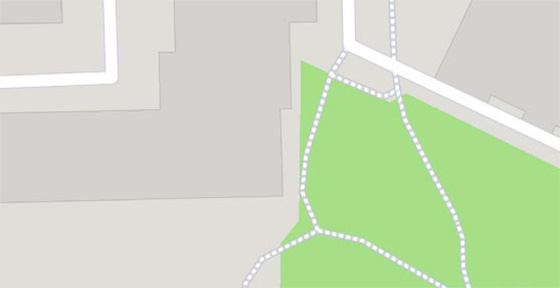The former abbey was founded in 1129. Its end was marked by the French Revolution. Currently preserved buildings - including farm, water mill, church and gates - have survived unchanged since the 17th century. The abbey is undergoing a major renovation project, which is scheduled for completion in 2025. Renovated buildings and a large park are open to the public.
Over the centuries, the abbey developed thanks to numerous land grants, cultivation and farming. In the park, already in the Middle Ages, two ponds were dug, from which water was used for food purposes, as well as to power the mill. In the 17th century, at the height of its development, the abbey even had its own militia.
In 1789, as a result of the growing conflict between Emperor Joseph II and the religious congregation, which did not want to accept religious reforms, the army entered the abbey, which robbed and partially destroyed the buildings. When Belgium was overrun by the French, they dissolved the congregation and put the monastery complex for sale.
Attractions inside




